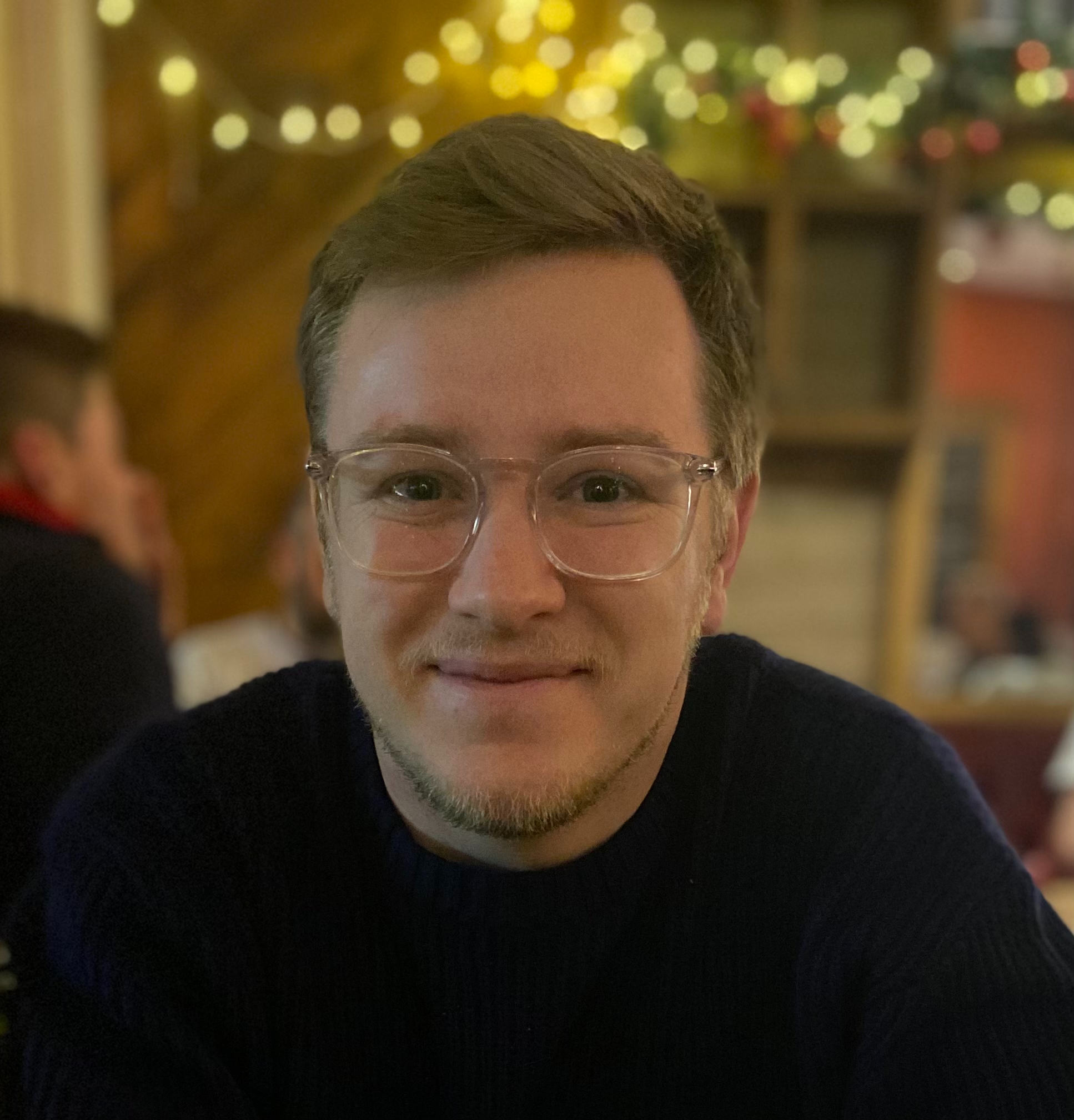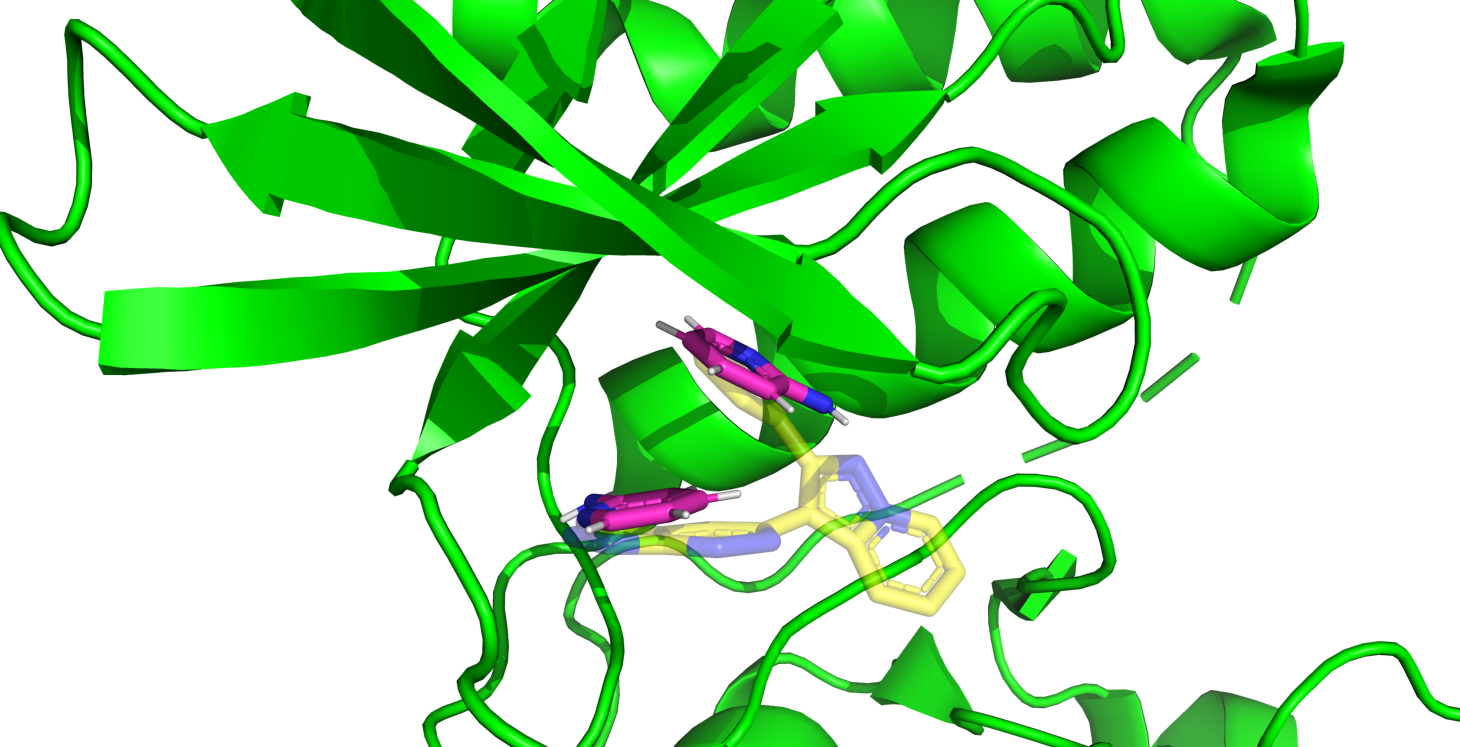

In collaboration with Astex Pharmaceuticals I aim to develop protocols and design novel simulation methods to aid fragment-based drug discovery efforts. Fragment based drug design (FBDD) is becoming increasingly popular in the pharmaceutical industry. FBDD has some significant advantages over conventional screening of larger, drug like molecules.1 Firstly, owing to the fragments smaller size, far less molecules need to be screened in order to cover the chemical space. Secondly, because fragments are less complex, there is a much greater chance of finding a good match between the fragment and the target and as such produces a higher hit rate than larger molecules. Typically, a library of low molecular weight molecules is screened against protein targets to assess binding. One effective method of identifying binding is through X-ray crystallography where the structure of a bound fragment and its binding mode is identified.Unfortunately, the X-ray crystallography approach is not suited to all cases. For example, the high fragment concentrations typically used in these experiments can cause aggregration or even induce protein denaturation. Additionally, X-ray crystallogroahy can only give structural information meaning that the free energy of binding is often left unknown. The use of standard molecular dynamics, enhanced sampling and free energy calculations can circumvent these issues at a much lower cost. Having identified a fragment hit computational approaches can be used to suggest chemical modifications to the fragment to improve binding affinity and optimise other physio-chemical properties such as soulbiilty.Recently, Astex have propsed the use of even smaller fragments, known as MiniFrags, to better exploit the improved coverage of chemical space and capabillity to match interaction sites on the protein receptor.2 However, by using smaller ligands the binding is often very weak, making detection difficult. To this end, Astex have developed a crystal-soaking methodology that employs a high concentration of MiniFrags under aqeuous conditions. Using the resulting data from these experiements I will be developing an industry relevent simulation protocol to complement the MiniFrags experimental methodology, guide the experiments, and predict the binding of fragments which are not amenable to experiment.Convential molecular dynamics of weakly binding fragments is often hampered by inadequate sampling due to kientic barriers where the timescales required for the fragment to bind are unattainable at a resonable speed. To address this we will be testing old and developing novel enhanced sampling techniques as well as drawing inspiration and implementing the work of other group members to these problems. This includes using CoSolvent MD simulations3, Hamiltonian Replica Exchange4, Free Energy Calculations5, Grand Canonical Monte Carlo6 and Non-equilbrium Candidate Monte Carlo.7